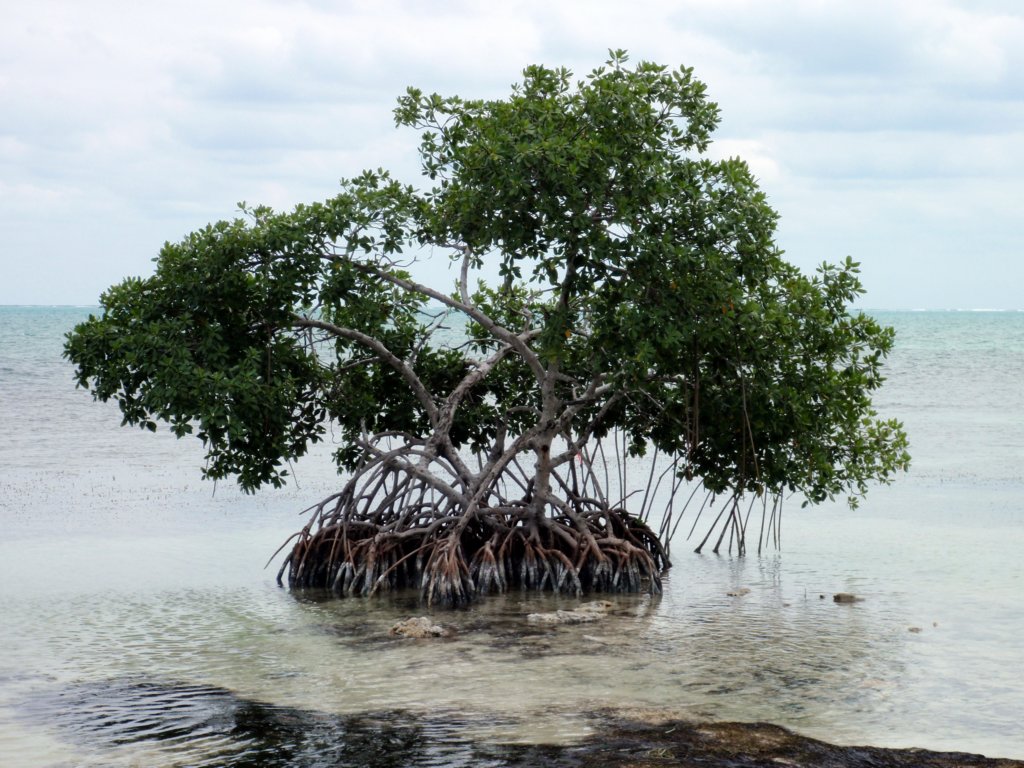 Dark flowers for Bees! Lovely!
Dark flowers for Bees! Lovely! Desert Indigo Bush, Amorpha fruticosa, is a spectacular loose shrub with fine textured, fragrant foliage, growing 8-10 Ft tall. Brilliant purple to black spikes of flowers bloom from April to June.
Amorpha fruticosa makes a great native substitute for Butterfly Bush and is great in spots that are too wet for other spring bloomers.
Grows in moist or average soils in full sun or part shade. Prefers some shade in hot climates and does not like extended periods of drought. Highly attractive to honey bees. Zone 5-9.
Although Desert Indigo seeds have no real dormancy to break down the seeds have a very hard, water-impermeable seed coat and require pretreatment for successful germination to occur. Without pretreatment it is likely that 10% or less of the seeds will germinate. A combination of a variety of seed pretreatments may be necessary to make the seed coat permeable so that the seed embryo can take up water and begin to germinate.
The first method is place the seeds in a heat proof container and pour hot (not boiling!) water 160-180F over them and leave them to soak for between 12-24 hours allowing the water to cool to room temperature.
Seeds that have been successfully pretreated will have swollen to around 2 to 3 times their previous size. Remove all swollen seeds as these will be damaged by further pretreatments. These can be sown immediately. This hot water treatment can be repeated up to 3 times, making the water a little hotter each time. Seeds that remain small need to be dried for further treatment.
The remaining method is to physically breakthrough the seed coat by cutting or (k)nicking the edge of the seed with a knife or using a file or even rubbing them between layers of fine sandpaper. All of these methods can be used to break through the seed coat. Once you have done this soak the seeds in cold water for 12-24 hours and successfully treated seeds will have imbibed water and swollen greatly.
Any that have not could be scarified again followed by another water soak. Sow all the seeds, even those that remain small as they may germinate later
Once the seeds have become swollen with water germination is quite rapid and if the seeds are kept at room temperature and germination should take place in 7 to 10 days.















